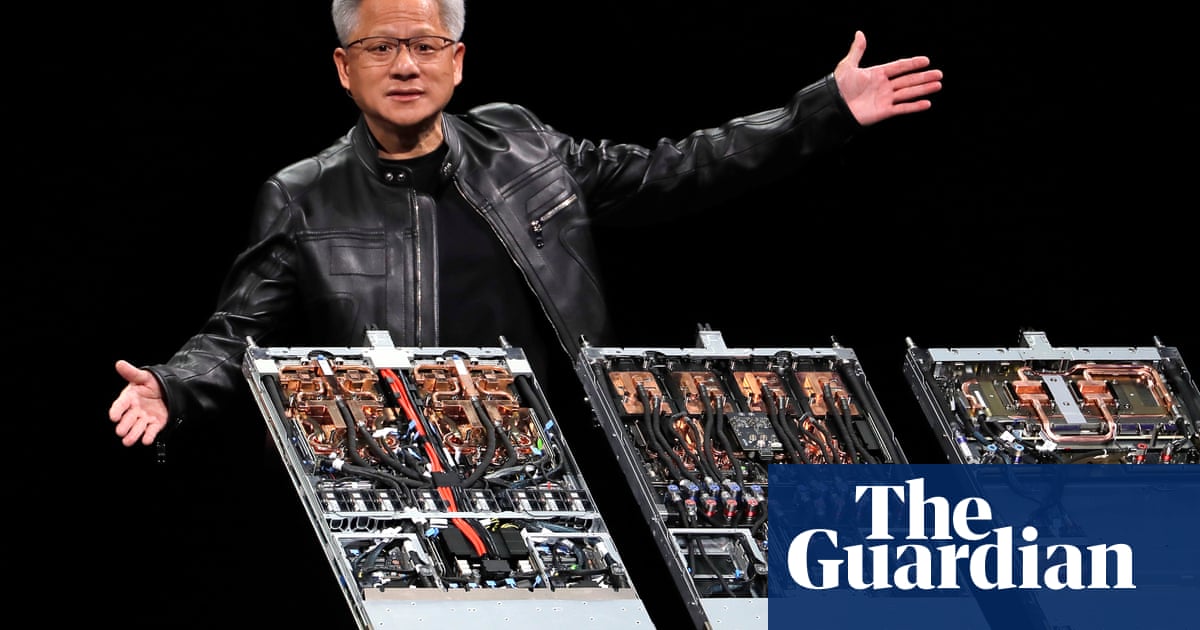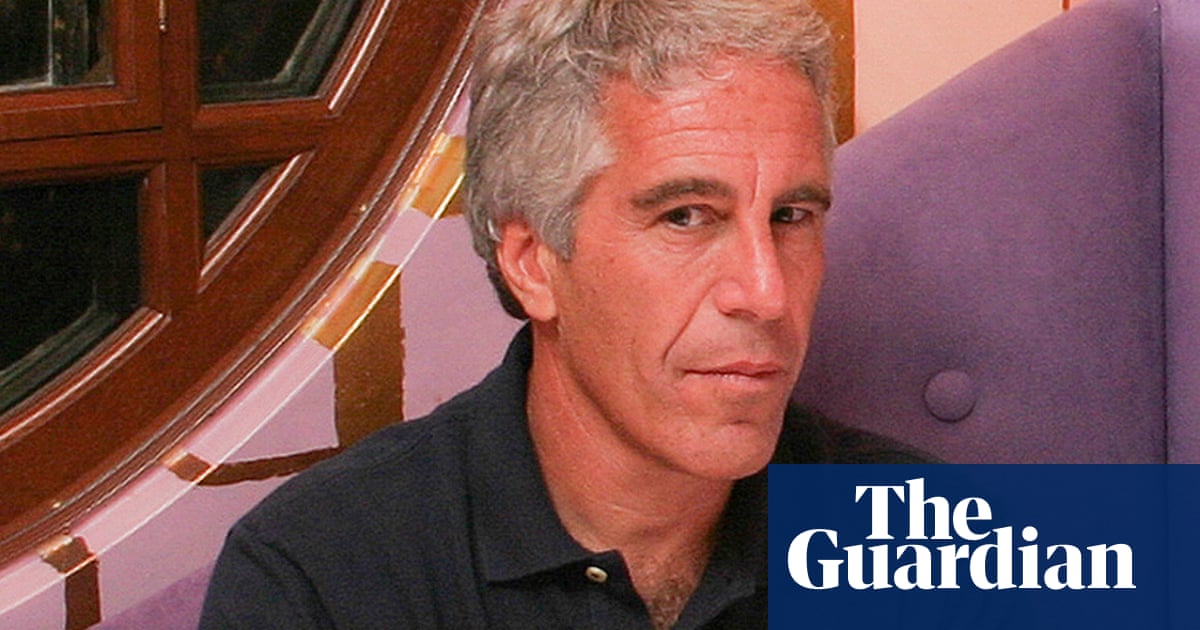A Biden-era plan to implement a gas-powered blast furnace at a steel mill in Ohio, which would have eliminated tons of greenhouse gases from the local environment year over year and created more than a thousand jobs, has been put on hold indefinitely by the Trump administration.
Experts and locals say the setback could greatly affect the health and financial state of those living around the mill.
For 13 years, Donna Ballinger has been dealing with blasting noises and layers of dust from coal and heavy metals on her vehicles and house, situated a few hundred yards from the Cleveland-Cliffs-owned Middletown Works steel mill in south-west Ohio.
“I’ve had sinus infections near constantly. I have COPD [chronic obstructive pulmonary disease],” she says. “When they’ve got the big booms going, your whole house is shaking.”
So when two years ago, the steel mill successfully trialed a hydrogen gas-powered blast furnace, the first time the fuel had been deployed in this fashion anywhere in the Americas, she was delighted. It cost an estimated $1.6bn, and the Biden administration, through the Inflation Reduction Act (IRA), coughed up $500m to help cover the cost of installing the technology.
Replacing a coal-powered furnace would have eliminated 1m tons of greenhouse gases from the local environment every year, according to Cleveland-Cliffs. It would also have saved the company $450m every year through “efficiency gains and reduced scrap dependency”, and created 1,200 construction and 150 permanent jobs in the town of 50,000 residents who have struggled for decades with manufacturing losses.
But last month, the Cleveland-Cliffs CEO, Lourenco Goncalves, announced the plan was on hold. He claimed the lack of development in hydrogen fuel – in part a result of the Trump administration’s freezing of a host of Biden-era spending plans – and the Federal Reserve’s refusal to lower interest rates – also a byproduct of Trump administration policies – had forced the company to throw out the project as initially devised.
Plans were leaked in April that the so-called “department of government efficiency” (Doge) was going to gut grant programs worth $6.3bn meant to help major manufacturing companies transition to cleaner energy resources. This month, the US Senate voted to close the 45V hydrogen clean-energy tax credit eligibility window in January 2028 – five years earlier than originally set.
“It’s a setback that they are saying they are going to abandon the hydrogen part of this project, as it is the most exciting part of it,” says Hilary Lewis, steel director at Industrious Labs, an environmental organization promoting decarbonization.
“That the project is going to be changed is a big concern. In large part, we agree with Cleveland-Cliffs, in that when the government abandoned its commitments to clean hydrogen tax credits … it makes it harder for companies to plan their investments.”
Cleveland-Cliffs did not respond to the Guardian’s requests for comment.
The move will probably upend Middletown’s hopes of leading a nationwide manufacturing revolution – part of a wider goal that the vice-president and Middletown native JD Vance has claimed to support.
Vance’s grandfather, Jim, worked at Middletown Works, which makes steel for automobiles, appliances and other industries, and is considered by the vice-president as keeping his family financially afloat when he was a child.
“I blame Cleveland-Cliffs and the government,” says Ballinger, sitting in a car in the driveway of her home as sounds from the steel plant echoed all around.
She believes Vance should have done more to keep the hydrogen project alive: “He should be working with everyone to help it be better for us who have to live in this on a daily basis, to make it healthier for everybody to live.
“It’s very upsetting because I’m more worried about everybody’s health around here. It’s already bad. We were hoping for something that was going to make it better.”
Hydrogen has been seen as a potential cornerstone clean-energy replacement for fuel sources in trades such as aerospace, manufacturing and other heavy industries. Three liquid hydrogen plants in Georgia, Tennessee and Louisiana owned by Power Plug, the largest producer in the US, are making about 40 tons a day. The Korean auto manufacturer Hyundai plans to spend $6bn on a hydrogen-integrated steel mill, also in Louisiana.
But delays attributed to limited availability of clean energy to power electrolyzers, higher-than-expected production costs and market and political forces have put the rollout of clean hydrogen fuel on the back foot. Power Plug has generated billions of dollars of losses, and government support for advancing blue and green hydrogen – at the state or federal level – is essential to fueling a decarbonization transition, say industry leaders.
At $7bn, the Biden-era project to support the development of seven regional clean hydrogen hubs across the US is reportedly in jeopardy, with the Department of Energy in March considering ending four of those projects located in Democratic-leaning states.
Taken together, some residents say the moves could have serious health implications for those living close to fossil fuel-powered industrial plants in Middletown and beyond.
“So much so that life expectancy in the area of town that is impacted by the pollution is 10 years less than the east end of town that aren’t impacted by it. A big part of that, of course, is pollution,” says Scotty Robertson, a pastor who lives several miles from Middletown Works.
“Most of the people impacted by the pollution and the implications of the [Middletown Works] clean-energy project ending are people that live paycheck to paycheck and can only be concerned by making sure they have enough money to pay their bills. There are some people talking about it, but I don’t think people will feel the impact until jobs start disappearing.”
Suffering losses of $483m in the first quarter of 2025, Cleveland-Cliffs has laid off thousands of workers at facilities across the region in recent months. While no cuts to jobs at Middletown Works have yet been announced, it faces some of the same infrastructural issues as those being idled elsewhere.
The city of Middletown previously said that the clean-hydrogen investment would “position Middletown Works as the most advanced, lowest [greenhouse gas]-emitting integrated iron and steel facility in the world” when it was announced in March 2024.
This week, a representative of Middletown declined to respond to questions from the Guardian, including whether Vance should be doing more to help with the health and economic development of his home town. City leadership has been largely split on ways to honor Vance’s political rise.
Others are clear about what ending the hydrogen aspect of the project will mean for Middletown. A 2024 report by Industrious Labs, using data from the Environmental Protection Agency and other organizations from 2020, found that air pollution in Middletown was responsible for up to 67 premature deaths, more than 20,000 cases of asthma symptoms and more than 6,000 school loss days annually.
“I have seen first-hand the effects of pollution caused by fossil fuels,” says Robertson, who grew up in the coalfields of southern West Virginia and is running for a seat on the Middletown city council in November.
“I think that as time goes on, you’ll see more and more the implications of these policies, which are anti-local.”

 German (DE)
German (DE)  English (US)
English (US)  Spanish (ES)
Spanish (ES)  French (FR)
French (FR)  Hindi (IN)
Hindi (IN)  Italian (IT)
Italian (IT)  Russian (RU)
Russian (RU)  5 hours ago
5 hours ago
























Comments